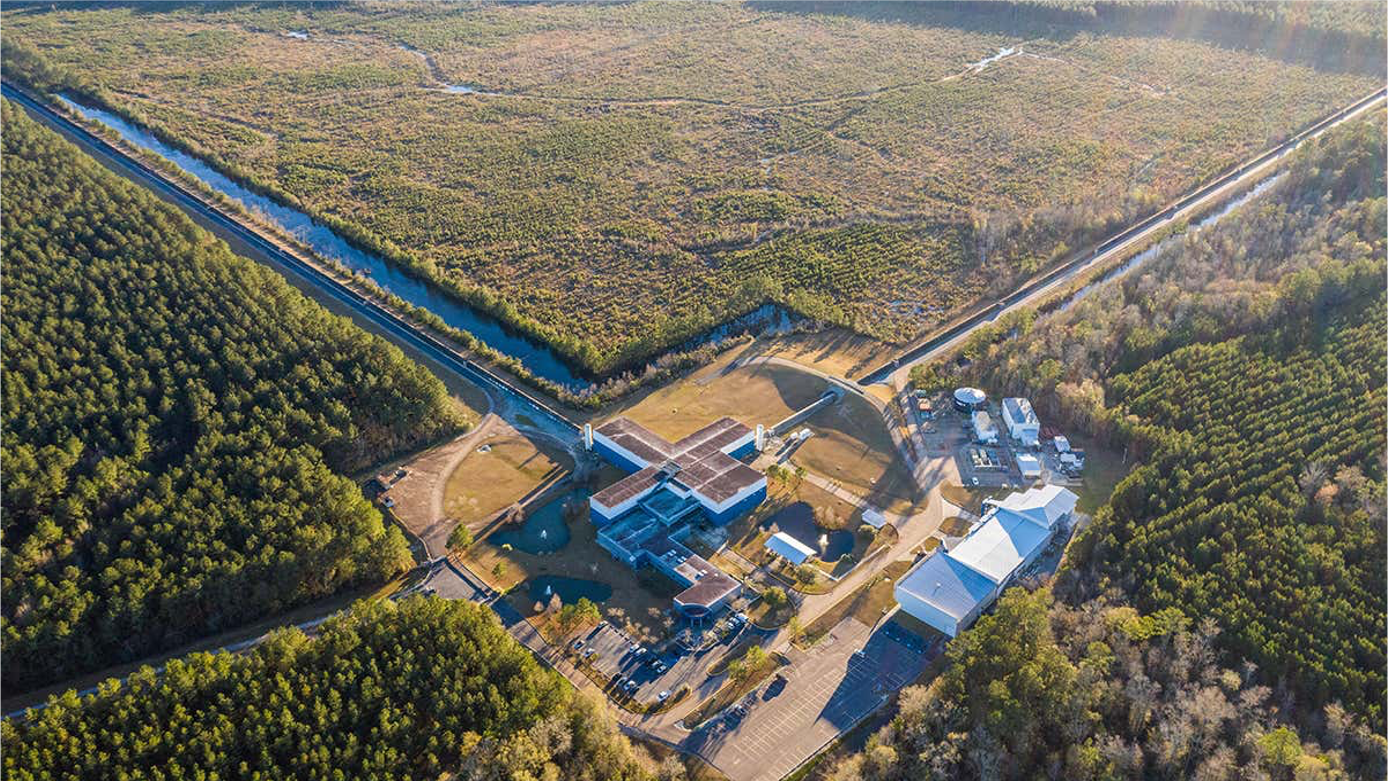From its first day of operation in July 2019, the Gravitational Wave Data Centre (GWDC) has been the premier Australian facility for the burgeoning field of gravitational wave science. With data streaming in from observatories around the world, the Centre continues to provide support for Australian researchers – allowing them to take centre stage in the ongoing hunt for new gravitational wave events.
Based at Swinburne University of Technology, the GWDC is the first internationally-recognised gravitational wave data centre in Australia. Created to provide infrastructure, training and support to gravitational wave researchers across the country, the GWDC enables Australian researchers to lead the discovery of events from the latest data on an international scale and to maximise the scientific impact of their discoveries. This has primarily been achieved via GWDC’s support of existing pipelines, originally created to instantly process and analyse data from gravitational wave observatories located in the United States and Europe. Currently Australia’s only real-time gravitational wave detection pipeline, the Summed Parallel Infinite Impulse Response (SPIIR) pipeline has now been further developed by a collaboration between the University of Western Australia and the GWDC. Using Swinburne’s OzSTAR supercomputer extensively, researchers (including those from the ARC Centre of Excellence for Gravitational Wave Discovery – OzGrav) have been able to make several remarkable discoveries, including the first detected merger of a neutron star and black hole.
Discovery of the first neutron star/black hole (NSBH) binaries
In July 2021, the Laser Interferometer Gravitational-Wave Observatory (LIGO) and Virgo collaborations presented the first gravitational wave observations of a neutron star merging with a black hole. Gravitational wave researchers were able to identify the progenitor systems of this merger by using two software programs run on the OzSTAR supercomputer based at Swinburne University of Techonology. The Bilby software and its parallel implementation, pBilby, were used by LIGO and Virgo to determine the parameters of the two merging systems. Once the mass of each system had been determined, it became clear to researchers that they had discovered a new class of sources for the gravitational wave events. The GWDC contributed to the software development and optimisation of both Bilby and pBilby. In the process, the GWDC helped to uncover further properties of the NSBH systems, including the spins of the progenitor black holes and the distance to the mergers – information that helped uncover the origin of these enigmatic events. The computing capacity of OzSTAR, including both the latest nodes and the repurposed sstar nodes, was also crucial to this work. See the published paper here, in The Astrophysical Journal Letters.


